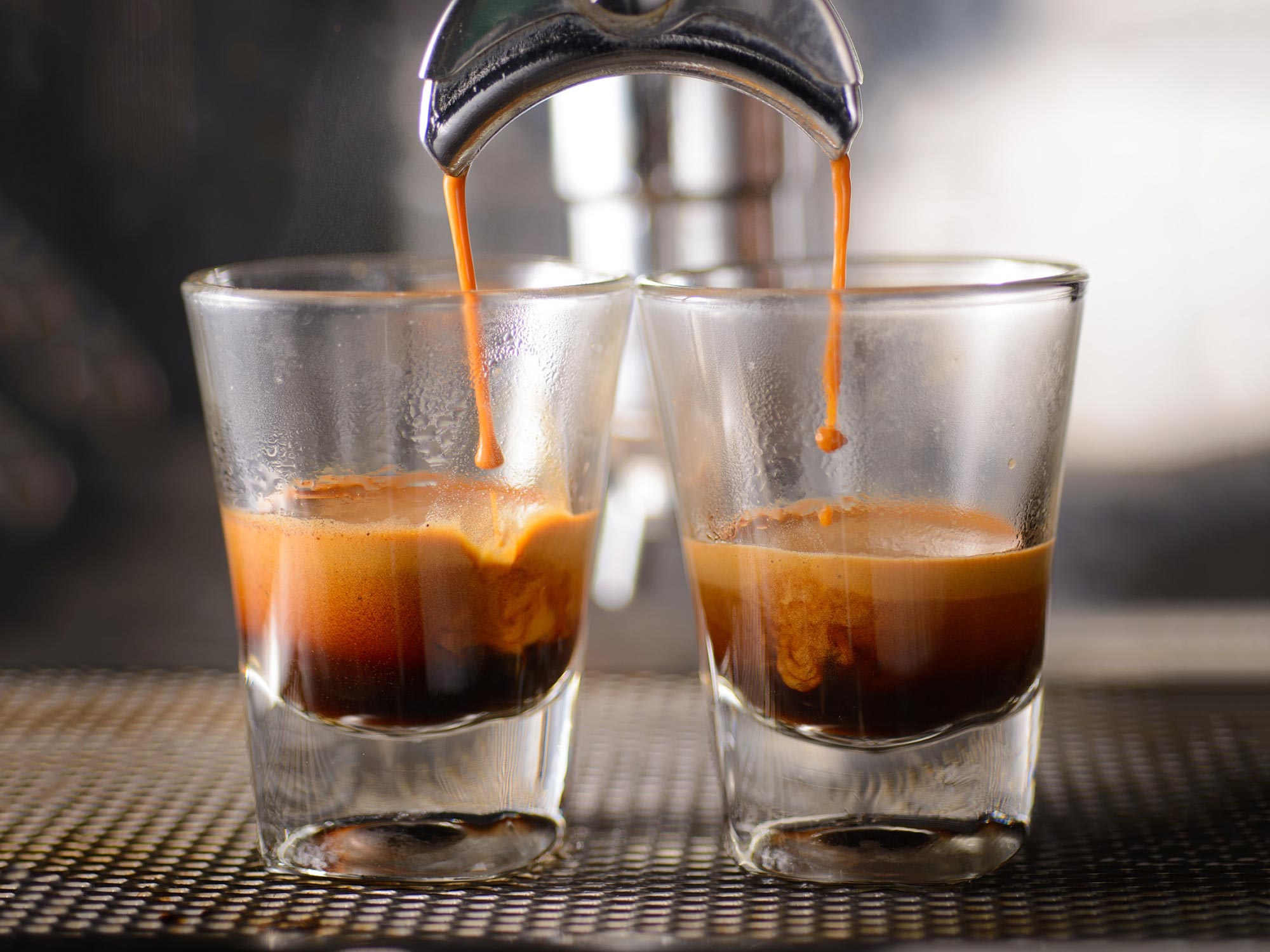Los científicos han descubierto que más granos de café molidos dan como resultado un espresso más débil debido a una extracción desigual. Usaron un modelo matemático simple para dividir el café en dos regiones y examinaron cómo el flujo desigual afectó el proceso de preparación. Este flujo desigual continuó a través de diferentes partes de la cama de café, afectando el sabor del café. Al comprender y prevenir la extracción desigual, es posible mejorar el proceso de preparación del café y lograr ahorros financieros mediante un uso más eficiente del café.
Comprender el origen de la extracción desigual en el proceso de preparación del espresso puede conducir a mejores bebidas y ahorros financieros significativos al usar el café de manera más eficiente y sostenible.
Investigadores de la Universidad de Huddersfield descubrieron que la extracción desigual en la elaboración de espresso da como resultado un café débil cuando se usan granos finamente molidos. Comprender y prevenir este fenómeno puede mejorar el sabor del café y permitir ahorros financieros mediante un uso más eficiente del café.
El café espresso se prepara moliendo primero los granos de café tostados en granos. Luego, el agua caliente se abre paso a través de una capa de granos de café a alta presión, disolviendo el contenido soluble de los granos de café en el agua (extracción) para producir espresso.
En 2020, los investigadores descubrieron que más granos de café molidos preparan un espresso más débil. Este hallazgo experimental contrario a la intuición tiene sentido si, por alguna razón, hay áreas dentro de la cama de café donde se extrae poco o nada de café. Esta extracción desigual se vuelve más notoria cuando el café se muele más fino.
en

In this figure, Q is the rate of flow, epsilon is the porosity (which increases as coffee is extracted), and c is the concentration of dissolved coffee (a measure of the strength of the espresso). Credit: W.T. Lee, A. Smith, and A. Arshad
One of the regions in the model system hosted more tightly packed coffee than the other, which caused an initial disparity in flow resistance because water flows more quickly through more tightly packed grains. The extraction of coffee decreased the flow resistance further, as coffee grains lose about 20% to 25% of their mass during the process.
“Our model shows that flow and extraction widened the initial disparity in flow between the two regions due to a positive feedback loop, in which more flow leads to more extraction, which in turn reduces resistance and leads to more flow,” said co-author William Lee. “This effect appears to always be active, and it isn’t until one of the regions has all of its soluble coffee extracted that we see the experimentally observed decrease in extraction with decreasing grind size.”
The researchers were surprised to find the model always predicts uneven flow across different parts of the coffee bed.
“This is important because the taste of the coffee depends on the level of extraction,” said Lee. “Too little extraction and the taste of the coffee is what experts call ‘underdeveloped,’ or as I describe it: smoky water. Too much extraction and the coffee tastes very bitter. These results suggest that even if it looks like the overall extraction is at the right level, it might be due to a mixture of underdeveloped and bitter coffee.”
Understanding the origin of uneven extraction and avoiding or preventing it could enable better brews and substantial financial savings by using coffee more efficiently.
“Our next step is to make the model more realistic to see if we can obtain more detailed insights into this confusing phenomenon,” said Lee. “Once this is achieved, we can start to think about whether it is possible to make changes to the way espresso coffee is brewed to reduce the amount of uneven extraction.”
Reference: “Uneven extraction in coffee brewing” by W. T. Lee, A. Smith and A. Arshad, 9 May 2023, Physics of Fluids.
DOI: 10.1063/5.0138998

«Viajar ninja. Alborotador. Erudito del tocino. Experto en alcohol extremo. Defensor de los zombis».







More Stories
Los legionarios realizan dos cruceros separados vinculados a esta característica especial de lujo: informe
La supernova vista por primera vez en 1181 libera filamentos brillantes
SpaceX lanza 20 satélites de Internet Starlink desde California el 30 de octubre